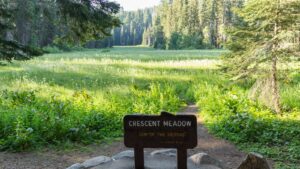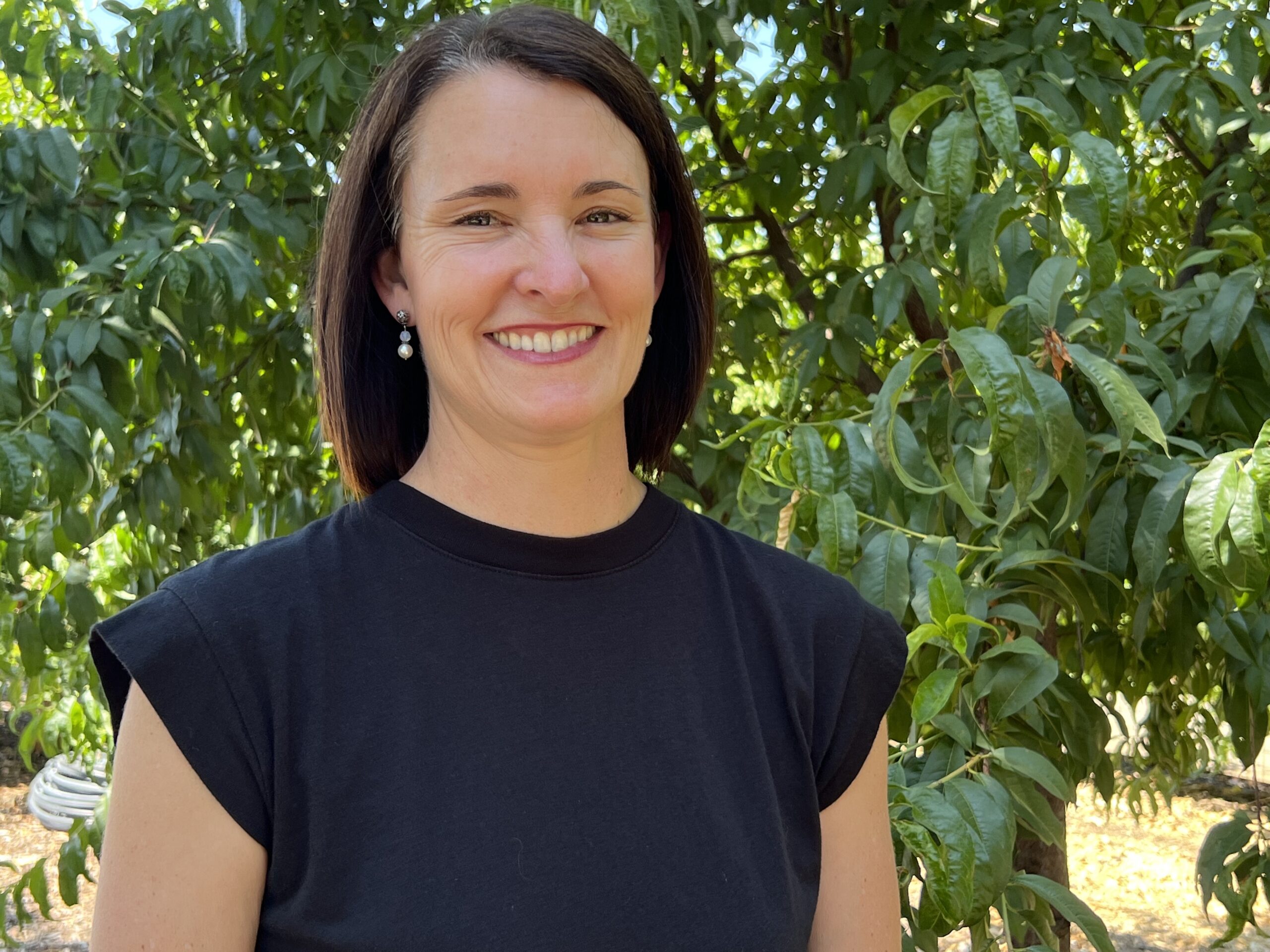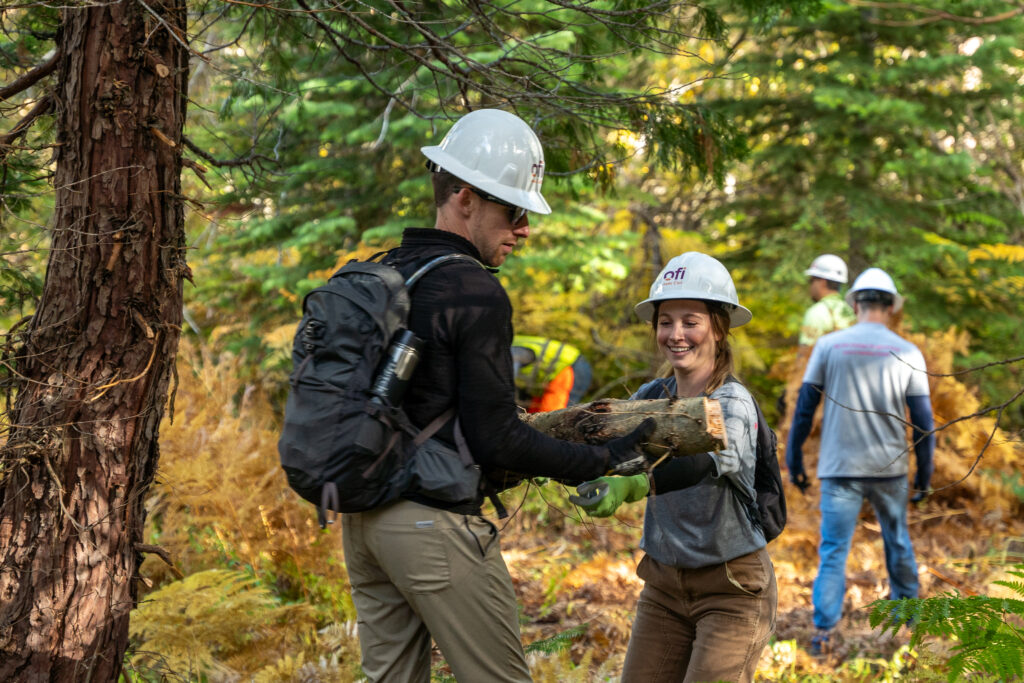California’s 280,000 acres of mountain meadows dotting the Sierra Nevada are more than pretty rest stops along arduous alpine trails.
They also act like giant water sponges, filtering water and slowing it down as runoff barrels down mountainsides.
Yet more than 50,000 acres of meadows are in need of restoration.
US Forest Service ecologist Karen Pope said California has some of the best meadows in the world, and likens them to “nature’s speed bumps” for their ability to moderate water flows for downstream users.
Their restoration is part of a bigger picture, encapsulated in the Department of Water Resources’ strategic Water Plan, which acknowledges climate change as an “urgent threat” and calls for focusing on the state’s watersheds, water systems and communities.
Meadows are part of that.
Meadows are getting more attention than ever from public and private partnerships. Funding from the Proposition 1 Water Bond has been made available to projects partly because of being called out in DWR’s Water Plan.
According to the Forest Service, restoring one acre of meadow increases water yield by a half-acre foot per year, like covering a football field six inches deep, or enough water for a family for a year.

Heeding the call for meadow restoration projects is a growing collaboration between an array of groups that formed the Sierra Meadows Partnership in 2017 to kick projects into high gear.
In October, Fresno-based employees of Olam Food Ingredients (ofi) participated in one such project in the Pine Flat watershed of the Sierra National Forest. Ofi contracts with San Joaquin Valley onion and garlic farmers for its line of spices. And those growers rely on water from the Pine Flat watershed.
Employees spent a day helping to clear a meadow overgrown with conifers and forest debris alongside representatives from the Forest Service, National Forest Foundation and the Big Sandy Rancheria tribe.
“We look at this project as an innovative way to marry conservation and food production,” said Claire Loudis, senior sustainability manager at ofi Spices. “Consumers are telling us that this is what they care about, and they know their food choices impact the environment and the planet.”
Loudis said the meadow restoration project came about because ofi Spices is a member of the California Water Action Collaborative, a networking group for diverse stakeholders to engage in projects that improve water security.
This ongoing project is one of the first between the agriculture sector and Sierra National Forest. She said her biggest takeaway from the day spent in the forest was that collaboration is key.
“None of this work is possible in isolation,” she said. “You have to work with expert partners to scale up the impacts. I don’t know anything about hydrology or forest management, but I know quite a bit about farming and food processing. To have a big enough impact, partnership is key.”
Aaron Fukuda, general manager of Tulare Irrigation District, said several years ago the agency was part of a group that focused on a “Watershed to Valley Floor” management concept.
“I will be honest, SGMA hit and all of our time and energy went into that,” he said, referring to the Sustainable Groundwater Management Act passed in 2014.
He said he finds it interesting that the 2023 Water Plan Update talks about entire watershed management. “While it is probably a good idea, with the amount of regulations and issues we face as water agencies, we just don’t have the capacity.”
Share this:
- Click to share on Facebook (Opens in new window)
- Click to share on Twitter (Opens in new window)
- Click to share on LinkedIn (Opens in new window)
- Click to share on Reddit (Opens in new window)
- Click to share on Tumblr (Opens in new window)
- Click to share on Pinterest (Opens in new window)
- Click to share on Pocket (Opens in new window)
- Click to share on Telegram (Opens in new window)
- Click to share on WhatsApp (Opens in new window)
- Click to print (Opens in new window)









You must be logged in to post a comment.